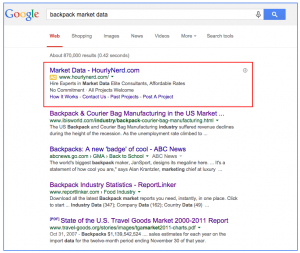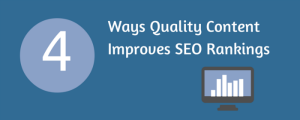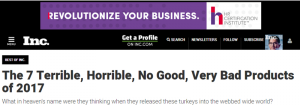
What are predictive analytics? What can they do for your marketing department and when should you consider a predictive analytics software solution?
We excerpted this article from the highlights of an interview with Mick Hollison. During the interview, Trent and Mick discussed predictive analytics and how it works in marketing.
Are you ready to learn a simple process you can use to get the best out of your leads regardless of how high their lead score is?
What Are Predictive Analytics?
Predictive analytics is when you make an educated guess about something based on historical data. In marketing, predictive analytics makes assumptions about how easy a lead should be to convert based on available data. It has evolved into hundreds of data points that can be analyzed by software products. Now much more educated guesses or “predictions” can be made by these intricate software solutions.
It sounds very hi-tech but it is actually a simple concept that we all use. You know that you’re not going to target certain groups of people under certain types of circumstances because they’re simply not a good fit for your product.
Does that mean it is impossible that a person or company outside your scope could benefit from or even buy your product? Of course not. It just means you know it is unlikely and you use that knowledge in your marketing efforts.
Different Variables
So predictive analytics only means that you get more scientific with your leads; all leads are not created equal. Predictive analytic software takes this science to a new level. It gets really nitty-gritty with this and scores your leads based on certain variables so you can focus on the leads that are more likely to convert to customers.

The software generally works out a score based on the following data points:
- The first one is firmographic data. This is accurate information on the company your lead is working for. How big are they? What industry are they in? What are their profit margins?
- The second is the demographic data of the lead. Their gender, their age, their annual income etc.
- The third variable is geographic data. The physical location of the prospect and even the weather patterns in that area can play a role in how contactable your prospect may be at certain times of the day.
- The fourth characteristic is psychographic data that focus on the personality traits of the prospect.
- The last one is sistographic data which is the overall economics and industry specific economics at present. Is this industry having a bad year? How is the stock market doing? What is the overall state of the economy at the moment?
Is This Something You Should Be Buying For Your Company?
Predictive analytic software is going to be pretty much useless to you if you don’t have a really steady stream of leads coming in and a sales team that are struggling to contact all of the leads. If you are having a lead drought, you should be making sure that you are getting the most out of each and every lead that you get. Instead of trying to figure out which one to call first and if you should be calling when it is rainy or sunny outside make sure that you get into contact with ALL of them.
If you’re not able to follow up with your leads on the level that you would like to because you just don’t have enough time to get to them all then predictive analytic software might be something you want to look at. You could try to analyze the data manually but with so many different data points, that is not an easy task. There are just too many details to score.
Limited Supply of Leads? Two Methods To Boost Your Leads In Quality And Quantity
The first one is: Yeah you guessed it, you have to have excellent content that your prospects are going to find helpful. How is this helping you get the most out of your leads?
While you are educating your prospects you are building trust with them. Along with that you can educate them about the benefits of your product which will save you time when you are trying to close the sale. If you want to know how to create good quality content we have a whole library of free content marketing resources that you can access here.
The second thing is that you HAVE to try at least six times to make contact with your leads. It might be common sense that you have to keep trying with a series of calls or emails until they either qualify or disqualify themselves as a possible customer but you would be surprised how many sales people still give up after the first try of making contact with the lead or prospect. Design a sales cadence and run each and every one of your leads through it.
The Sales Cadence
Your sales cadence is a series of methods (be that the phone, email, LinkedIn Inmails or whatever other medium you can think of) that you use to make contact with your prospects. For example this could be:
- phone call
- email
- email
- phone call
- phone call
- email.
That was six touches. You have to intelligently develop your own sales cadence by testing and playing around with it. That is how you get the most out of your leads.
When a prospect doesn’t return your email or call it doesn’t mean that they don’t need or won’t benefit from your product. It just means that they are busy. Like we all are. We get caught up in things. Don’t take it personal.
Conclusion
Being more scientific and intelligent with our lead scoring is something we can all benefit from. If you are up to your ears in leads you might want to consider getting predictive analytic software or increasing the size of your sales team.
(285)







